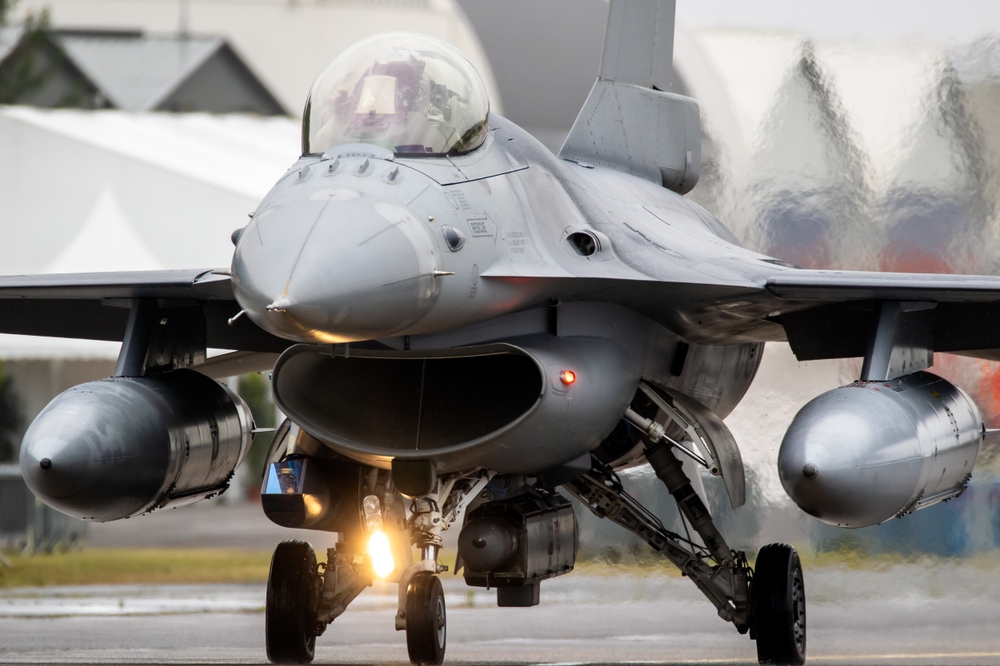Viper Shield works seamlessly with the AN/APG-83 SABR radar.
Others are reading now
The AN/ALQ-254(V)1 Viper Shield, a cutting-edge electronic warfare (EW) system developed by L3Harris and Lockheed Martin, is poised to enhance the F-16 fighter jets of U.S. allies.
Detects Electromagnetic Emmisions
Designed in coordination with the U.S. Air Force, Viper Shield will soon serve international F-16 operators, bolstering their defense capabilities against a range of aerial threats, according to WP.
Viper Shield works seamlessly with the AN/APG-83 SABR radar, allowing F-16s to detect, identify, and pinpoint electromagnetic emissions from potential threats, such as radar-guided missiles, anti-aircraft batteries, and hostile aircraft.
Using advanced jamming capabilities, Viper Shield can electronically counter these threats, disrupting their targeting systems and boosting the F-16’s survivability in combat zones.
Also read
Its capabilities represent a significant upgrade in situational awareness and threat response for allied air forces operating F-16s.
Pre-Ordered by 6 Nations
So far, six nations—Bahrain, Bulgaria, Jordan, Morocco, Slovakia, and Taiwan — have ordered Viper Shield for their F-16 fleets.
It’s offered in two formats: a fully integrated system within the jet’s avionics and an external pod that can be mounted under the aircraft’s wings.
This flexibility allows operators to customize the system to their specific mission needs.
The F-16 itself is a versatile, multi-role fighter aircraft known for its agility, advanced avionics, and adaptability.
First introduced in the late 1970s, the F-16 Fighting Falcon has been continuously upgraded, making it one of the most widely used fighter jets in the world, with more than 25 air forces operating it today.
Equipped with a powerful General Electric or Pratt & Whitney engine, the F-16 can reach speeds of over Mach 2 and carries a wide range of air-to-air and air-to-ground weaponry, making it ideal for modern warfare.
Meanwhile, Viper Shield’s main competitor, Northrop Grumman’s IVEWS (Integrated Viper Electronic Warfare Suite), is also undergoing tests by the U.S. Air Force.
Both systems are under consideration as part of the Mid-Life Upgrade (MLU) package for F-16s, including those in the Polish Air Force








